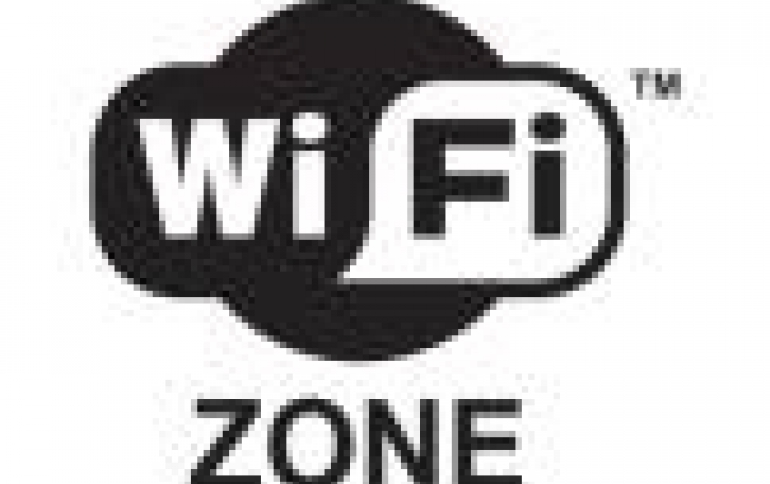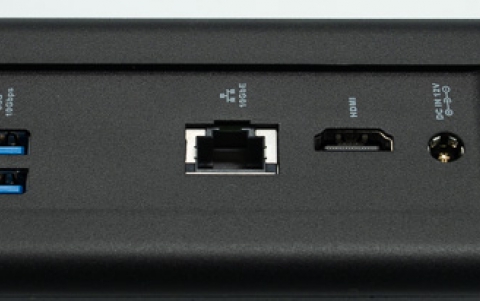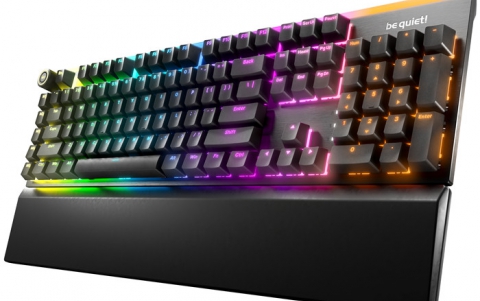
Packet loss problems surface in Wi-Fi nets
Development engineers at VeriWave Inc. have discovered an unexpected problem with the physical layer convergence procedure (PLCP) in existing 802.11 Wi-Fi networks.
The glitch could have practical implications in voice-over-Wi-Fi and Radius authentication in wireless networks, the engineers said.
VeriWave CTO Tom Alexander discovered the problem while working for the 802.11t Task Group on test generation and wireless performance. "You could maybe say it should have been foreseen with only a single bit of parity in the PLCP header," said Eran Karoly, vice president of marketing at VeriWave. "At first, it might seem of interest only to geeks, but this is a problem that could affect voice quality of Wi-Fi more than delay or jitter, and also create some end-user problems in network authentication."
PLCP headers are common convergence protocols used in IP, ATM and wireless networks. In the case of 802.11, a single parity bit in the header can allow header corruption to take place as packet rate and length fields are computed. Typical frame errors can lead to packets being retransmitted, but in PLCP corruption, the network may remain blind to the problem, and the packet is simply dropped.
For example, Karoly said a 100-byte OFDM packet transmitted at 54 Mbits/s in an 802.11g network can have bit errors introduced due to channel noise. The bit errors would cause the packet to be interpreted as a 4096-byte packet traveling at 6 Mbits/s. The error may not be detected by the receiver because the PLCP corruption would blind the receiver for 5.5 ms.
In this case, all the packet retransmission attempts would occur during the receiver's "blind" period. In a worst-case scenario, 0.1 percent of packets could be lost through PLCP corruption. While such a rate appears insignificant, in a handshake protocol using the four-way Extensible Authentication Protocol, a handshake packet may be lost completely, causing a Radius authentication server to stall. This could in turn seriously affect roaming in larger Wi-Fi networks, and have a greater impact on voice quality than jitter.
Veriwave executives doubt that any amendments will be possible to existing 802.11a/b/g standards, but they are urging slight changes to the 802.11n spec. Acceptable loss tolerances for throughput tests should be set at higher than zero, for example?perhaps at 0.1 percent. Moreover, frame error ratios also could be minimized for roaming and VoIP throughput tests.
Members of the task group from VeriWave and Aruba Networks are approaching Radius servers and physical-layer Wi-Fi chip vendors about minor changes that could be made in legacy 802.11a/b/g networks. Handshake timeouts from EAP protocols should be filtered in authentication servers, Karoly suggested, while physical-layer chips could add a cyclic redundancy check on top of single-bit parity checks.
"We want to be pragmatic here. Few people are going to want to change the existing Wi-Fi standards," Karoly said. "But it's a good time to address this during the 802.11n balloting process, and we may see some chip and server vendors make some changes for existing Wi-Fi networks to address this problem."
VeriWave CTO Tom Alexander discovered the problem while working for the 802.11t Task Group on test generation and wireless performance. "You could maybe say it should have been foreseen with only a single bit of parity in the PLCP header," said Eran Karoly, vice president of marketing at VeriWave. "At first, it might seem of interest only to geeks, but this is a problem that could affect voice quality of Wi-Fi more than delay or jitter, and also create some end-user problems in network authentication."
PLCP headers are common convergence protocols used in IP, ATM and wireless networks. In the case of 802.11, a single parity bit in the header can allow header corruption to take place as packet rate and length fields are computed. Typical frame errors can lead to packets being retransmitted, but in PLCP corruption, the network may remain blind to the problem, and the packet is simply dropped.
For example, Karoly said a 100-byte OFDM packet transmitted at 54 Mbits/s in an 802.11g network can have bit errors introduced due to channel noise. The bit errors would cause the packet to be interpreted as a 4096-byte packet traveling at 6 Mbits/s. The error may not be detected by the receiver because the PLCP corruption would blind the receiver for 5.5 ms.
In this case, all the packet retransmission attempts would occur during the receiver's "blind" period. In a worst-case scenario, 0.1 percent of packets could be lost through PLCP corruption. While such a rate appears insignificant, in a handshake protocol using the four-way Extensible Authentication Protocol, a handshake packet may be lost completely, causing a Radius authentication server to stall. This could in turn seriously affect roaming in larger Wi-Fi networks, and have a greater impact on voice quality than jitter.
Veriwave executives doubt that any amendments will be possible to existing 802.11a/b/g standards, but they are urging slight changes to the 802.11n spec. Acceptable loss tolerances for throughput tests should be set at higher than zero, for example?perhaps at 0.1 percent. Moreover, frame error ratios also could be minimized for roaming and VoIP throughput tests.
Members of the task group from VeriWave and Aruba Networks are approaching Radius servers and physical-layer Wi-Fi chip vendors about minor changes that could be made in legacy 802.11a/b/g networks. Handshake timeouts from EAP protocols should be filtered in authentication servers, Karoly suggested, while physical-layer chips could add a cyclic redundancy check on top of single-bit parity checks.
"We want to be pragmatic here. Few people are going to want to change the existing Wi-Fi standards," Karoly said. "But it's a good time to address this during the 802.11n balloting process, and we may see some chip and server vendors make some changes for existing Wi-Fi networks to address this problem."





















